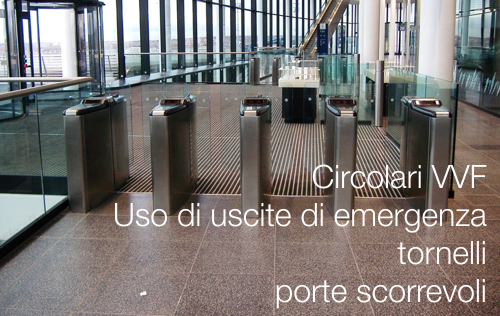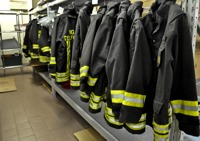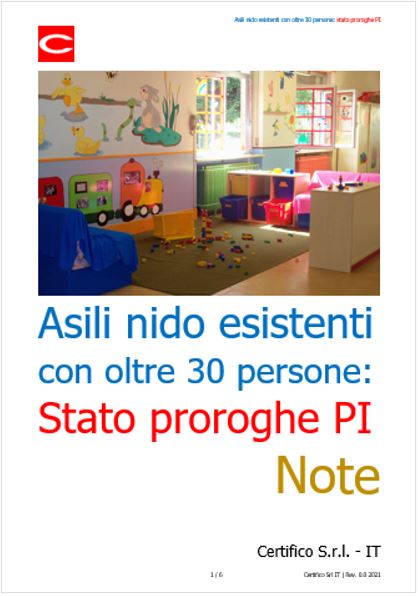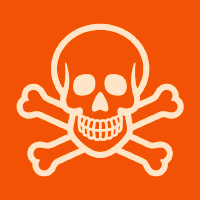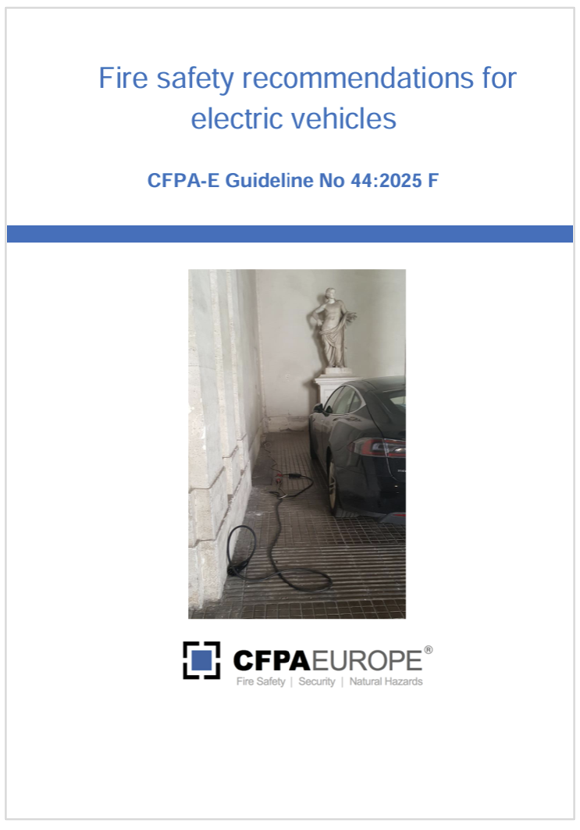
Fire safety recommendations for Electric Vehicles / CFPA
ID 24466 | 23.08.2025 / Guideline CFPA n. 44:2025
This guideline is concerned with fire safety of electric vehicles. Early studies suggest that electric vehicles have a fire risk comparable, or possibly even lower, than “traditional” vehicles (i.e. vehicles with an internal combustion engine).
Anyway, in an electric vehicle a fire can occur in various moments, also independently from the batteries. In any case, the recharge operations made inside an enclosed space, or dealing with an electric vehicle after a crush or after a previous fire, must be considered as particularly delicate situations.
Electric cars are quickly growing in number and their batteries, normally Lithium-ion batteries, are growing in capability. They can be recharged in open-air recharging stations or also in covered structures, like for example public parking lots or private residential garages.
The thermal runaway of Li-ion batteries can produce the release of gases, which are normally to be considered as toxic and flammable, and the production of heat, sparkles and flames.
An explosion hazard develops if the gases continue to accumulate without ignition in enclosed spaces, like for example closed private residential garages, and can lead to an explosion which can blow the garage door meters away, creating a danger to the emergency services.
The recharging operations in open-air structures normally have a lower fire risk when referring to the danger to people, and even in case of fire often the result is the loss of a single car, and sometimes of the recharging station.
If a fire occurs during the recharging operations in enclosed buildings, instead, it can produce a high danger for the people, especially if in the building people can be asleep or cannot make easily a safe egress, like in hospitals and in care homes for the elderly, and can also lead to a propagation of the fire to the surrounding vehicles or even, in worst cases, to the entire building, leading also to a large loss of property.
It must be taken into consideration that burnt, crashed or damaged electric vehicle can re-ignite hours or even days after the first event.
This guideline is primarily intended for those responsible for the charging stations and car park operators, but it’s also addressed to the drivers of these vehicles and to rescue services, first responders (Fire fighters), second responders (for example car dismantlers and car transporters), consultants, fire risk assessors, safety companies, etc., so that, during their work, they may be able to help to increase the levels of fire safety.
This guideline is intended to provide safety instructions for the design, installation, operation and maintenance of charging structures for electric vehicles.
This guideline only concerns electric vehicles with a licence plate registered for the circulation on public roads which can be charged by means of a conductive recharging system, in public or private spaces.
...
Contents
1 Introduction
2 Scope
3 Objectives
4 Definitions
5 Causes and frequency of EV fires
6 Minimum fire safety requirements
6.1 Electric system
6.2 Charging station
6.3 External charging stations
6.4 Charging station inside enclosed areas
6.5 Charging stations with internal Li-ion batteries
6.6 Cable
6.7 Vehicle
6.8 Signage
6.9 Extinguishers
6.10 Fixed fire systems
6.11 Fire safety management system
6.12 Crashed or damaged vehicles
7 Bibliography
CFPA Europe
CFPA Europe / Organismo riconosciuto DM 3 agosto 2015
G.1.4 Normazione volontaria
5. Norma riconosciuta a livello internazionale: norma adottata da un organismo riconosciuto a livello internazionale.
Nota
Sono organismi riconosciuti a livello internazionale tutti gli organismi di normazione extra europei citati nel presente documento e quelli comunque tradizionalmente riconosciuti nel settore antincendio. Ad esempio: NFPA, ANSI/UL, ASTM, API, FM Global, FPA, NIST, SFPE, TNO,
VDS, Energy Institute, IGEM, VTT, BRANZ, …
...
S.5.9 Riferimenti
1. Si indicano i seguenti riferimenti
...
d. European guideline CFPA-E No 1:2014 F “Fire protection management system”.
Collegati
Allegati
|
Descrizione |
Lingua |
Dimensioni |
Downloads |
 |
Abbonati Prevenzione Incendi
|
EN |
581 kB |
5 |
